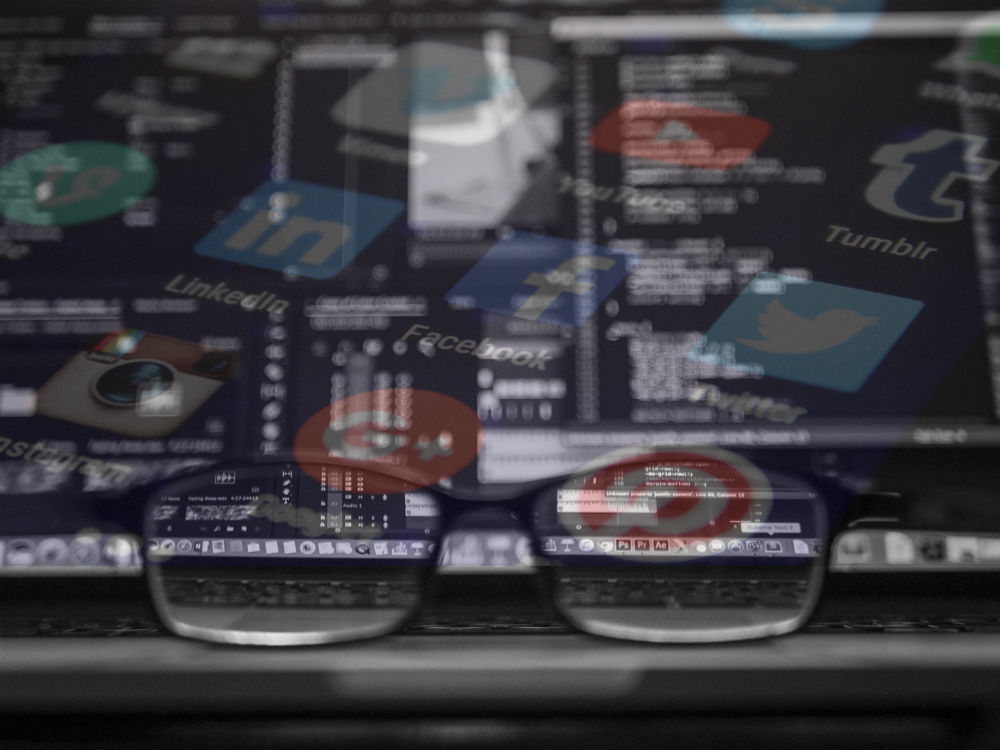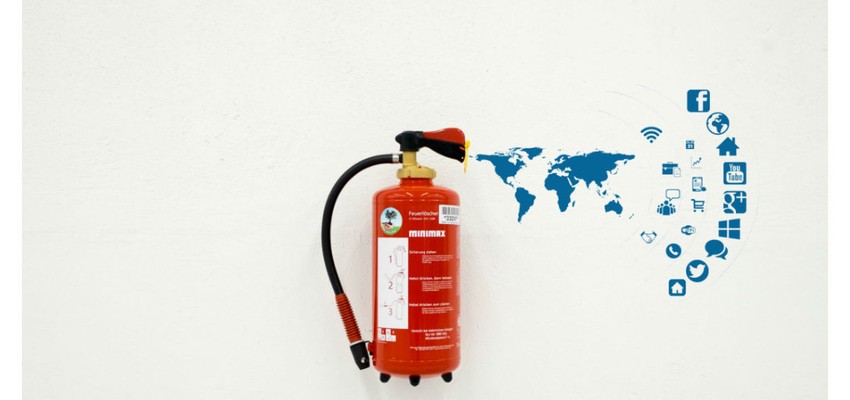Whether it’s referred to as a social media command center, social listening center, social intelligence command center (SICC), brand awareness center, digital monitoring center, or one of many other possible names, a central hub for monitoring social media conversations about brand and industry is an increasingly important space for organizations. In a previous blog post about planning your social media listening center, Constant described the benefits of identifying, displaying and analyzing the conversation surrounding your organization. A central brand communication hub efficiently connects departments such as marketing, customer service, and public relations. For example, if an event occurs which triggers a sharp uptick in negative mentions, it is vital for your company’s public relations team to have real-time access to that information to enable a swift response. Installing a brand visibility center in a central location also enables operators to connect with decision makers and give them an at-a-glance look at their brand’s social performance. A social media mission control space can also serve as an aesthetic hub with a showpiece video wall and sleek command center consoles, providing an impressive marketing focal point.
In addition to these well-established uses for digital monitoring centers, there are some surprising and innovative ways that your company can use social intelligence command centers to your benefit. Below are three practical uses of social media with real life examples.
1. Crime Prevention and Response
In addition to being a branding and customer service platform, social media can also perform a service for public safety. While social media is unlikely to take over a central role in crime fighting, it is a useful,real-time method to crowd-source public safety information. With social media use becoming increasingly widespread, there are a number of ways that use of a social intelligence command center could be beneficial for those in the security or public safety industries. In increasing numbers, people turn toward social media as a first response to potential distress. Organizing information from public social media posts and displaying it on a data wall system can help responders analyze and monitor a potential unfolding situation. An example of this would be if a particular area has a number of tweets mentioning, for instance, a loud bang. A social command center can be used in conjunction with aggregating software to determine if there is a potential threat.
Social media has already been used to prevent probably crimes. During the 2012 London Olympic Games, authorities who were worried about potential disturbances set up a social media task force to follow conversations about the Olympics, any mentions of planned protests or events, and similar topics that could potentially disturb the peace. Due to this social conversation monitoring, authorities were able to use openly accessible information to start a dialogue with potential agitators and prevent negative events.

Increasingly, social media is also becoming a useful tool for law enforcement to investigate or even become aware of crimes. Facts, photos and even videos relevant to incidents are often shared online. Geotagged posts can lead police to a suspect’s location. In some cases, criminals even turn themselves in, such as livestream videos of drunk driving or other offenses. Because social media information is public, accessing it as everyone else does requires no no warrant. With careful monitoring such as a command center or real time crime center allows, law enforcement can receive a plethora of valuable information from publicly posted media.
2. Disaster Management
Analysis of social media can be used to track the spread of natural disasters such as wildfire, hurricanes, and floods. Tweets, Instagram pictures, and other geotagged posts provide first responders with a real-time analysis of what is happening and where. For example, an aggregation of social media data in a digital command center can help emergency response teams track wildfire spread and decide where to best allocate resources and aid.
The success of social media in tracking natural disasters has already inspired new public safety tools. The U.S. Geological Survey has developed a tool, TED (Twitter Earthquake Dispatch), a software program that gathers real-time information from Tweets to provide a more efficient earthquake alert system. This was inspired by an incident in 2011 where tweets about an earthquake in Washington, D.C. gave ample warning to Twitter users in New York before they were hit with the aftershocks.
The American Red Cross has led the way in using social media for disaster management, a trend that is sure to develop as social media continues to grow more influential in everyday life. A few years ago, the Red Cross opened a “first-of-its-kind” Social Media Digital Operations Center in partnership with Dell to provide humanitarian relief during disasters. The Social Media Digital Operations Center not only monitors information, it also provides the public with important information in emergency situations. According to the American Red Cross website, the social media center is a central hub that “increases organizational capacity to listen and respond to more people.” While social media should not replace established best practices such as calling 9-1-1 in emergency situations, the command center helps the Red Cross to obtain additional information from areas affected by emergencies, identify trends to anticipate needs and connect people with resources. Social data has become a valuable resource during emergencies, and the American Red Cross is using it to put feet on the ground.
3. Tracking Spread of Disease
A social media listening center can aggregate data from Twitter and similar social media platforms with geotagging and sort for mention of illness. Assembling this data can indicate where there my be an outbreak of flu or similar diseases before those affected may even visit healthcare professionals, allowing earlier awareness of potential epidemics. In fact, according to a study published in The American Journal of Tropical Medicine and Hygiene, informal reporting of cholera outbreaks on platforms such as Twitter could be used to create earlier estimates of disease outbreaks compared to traditional methods, thus enabling healthcare professionals to plan a more timely response. Social media can also serve as a helpful platform for healthcare organizations to disseminate important information to the general public.
Whether your organization could utilize social media data for more traditional uses such as marketing analysis, swift public relations response and monitoring brand health or for management of public safety as in the examples above, Constant Technologies can help you design and implement a Social Media Listening Center that best fits your organization and needs. With a combination of practicality and aesthetics, our experienced team manufactures command center workstations that are built to last. As mission critical A/V integrators, we also pick from among the best products to install customized command center video walls for spaces of all sizes. If your organization is ready to take advantage of the information readily available via social media, contact us today.
About Constant:
Constant Technologies, Inc. is a premier mission critical systems integrator providing customized audio visual and video wall
integration and custom technology furniture and console furniture solutions across the globe. With over 3 decades of experience, Constant’s seasoned team has access to and experience with sensitive environments in both the private and public sectors, such as Cyber Defense and Homeland Security. Constant designs, installs and services projects of all scopes to create operations center furniture and video wall solutions with the highest levels of security, aesthetics and functionality. Our team works within a range of environments such as Network Operations Centers (NOC), Security Operations Centers (SOC), Cyber Security Operations Centers (CSOC), Emergency Operations Centers (EOC), Unified Command Centers (UCC), Remote Operations Centers (ROC), Fleet Operations Centers, and other mission critical spaces. As systems integrators, we pick and choose from the best technologies to create a custom operations center video wall and control room furniture installation that fits your space’s needs.
Admin
December 20, 2017

